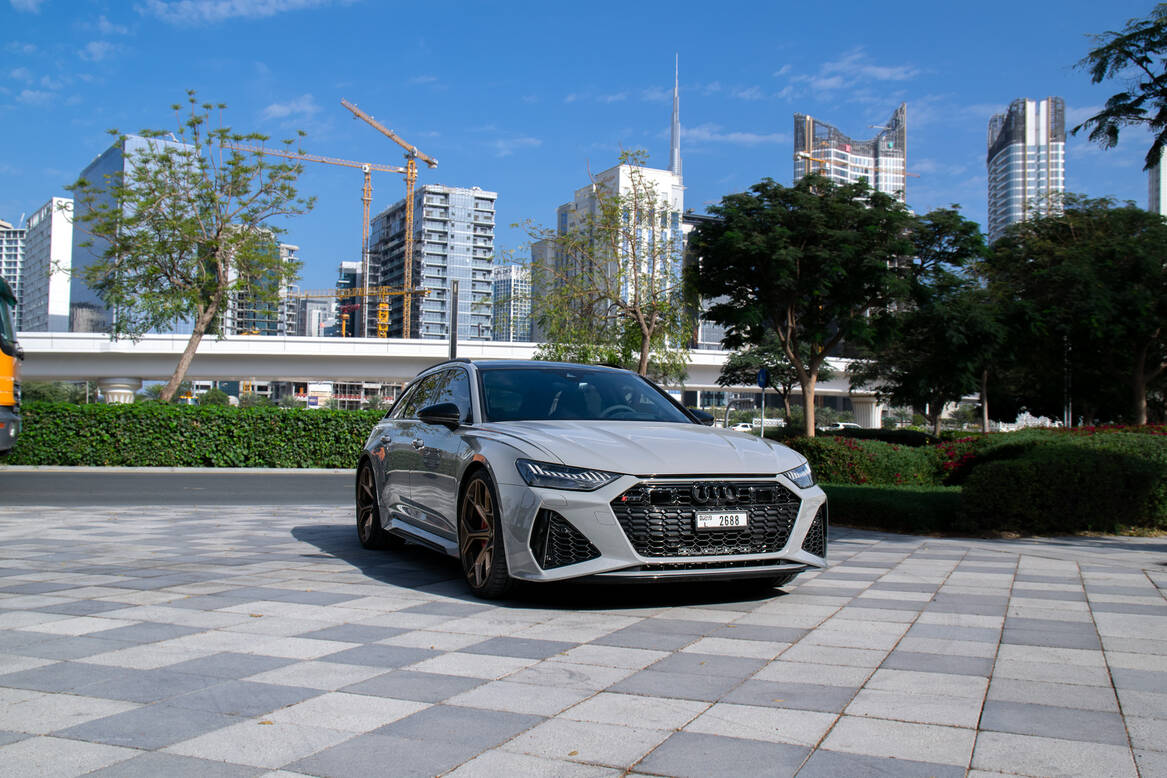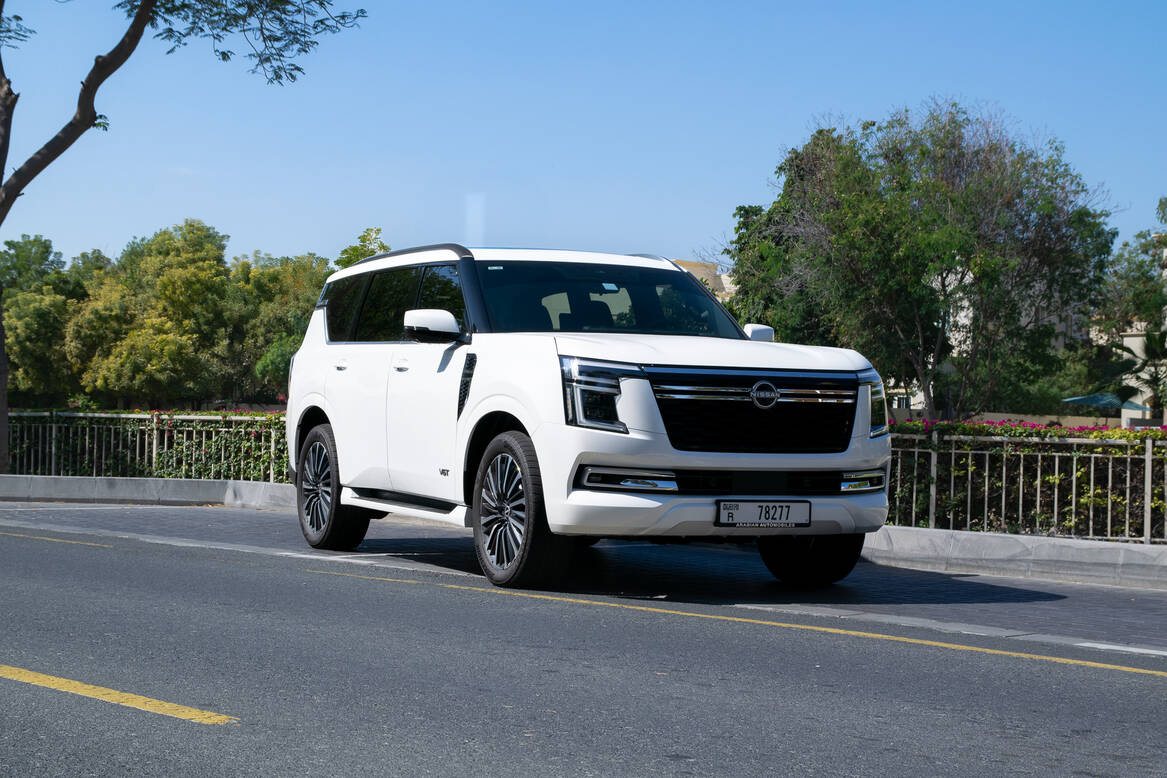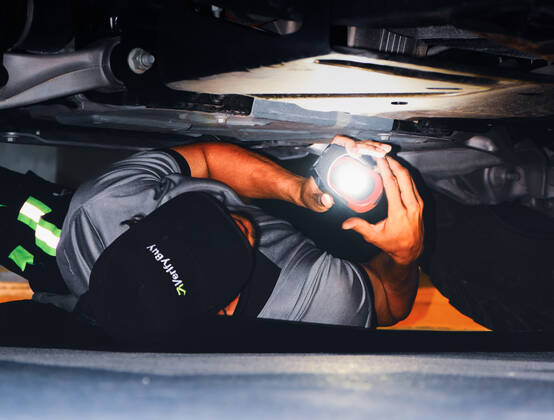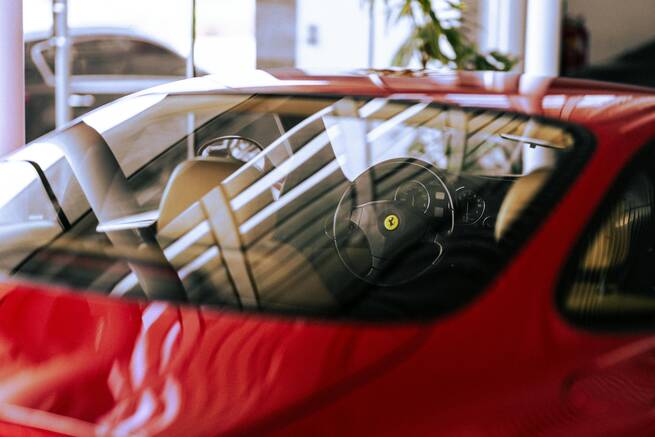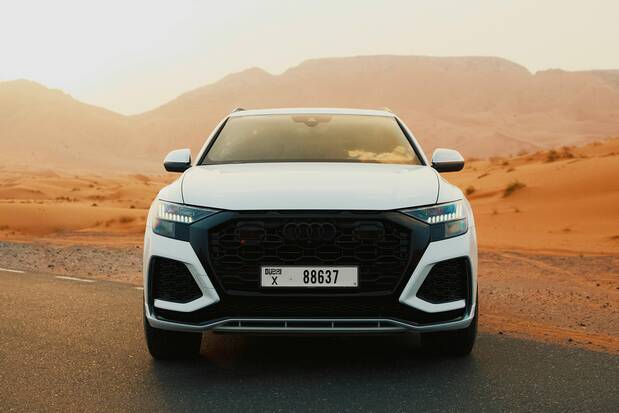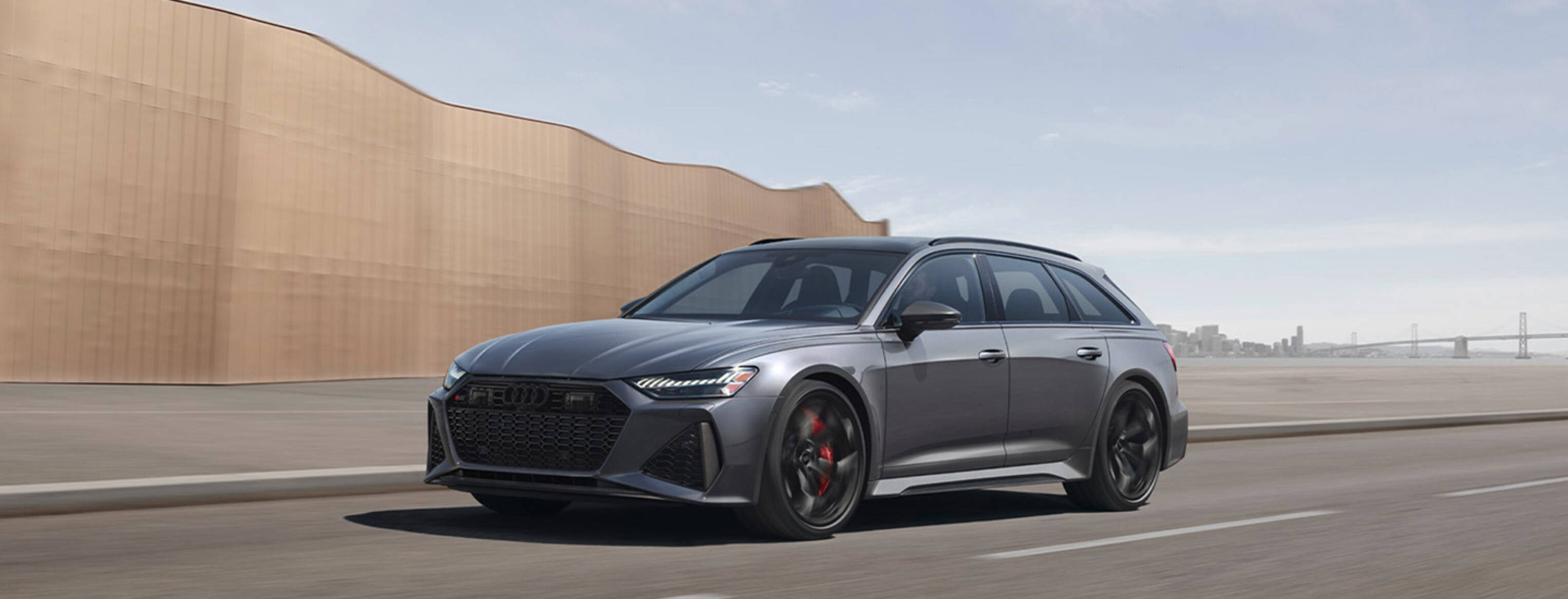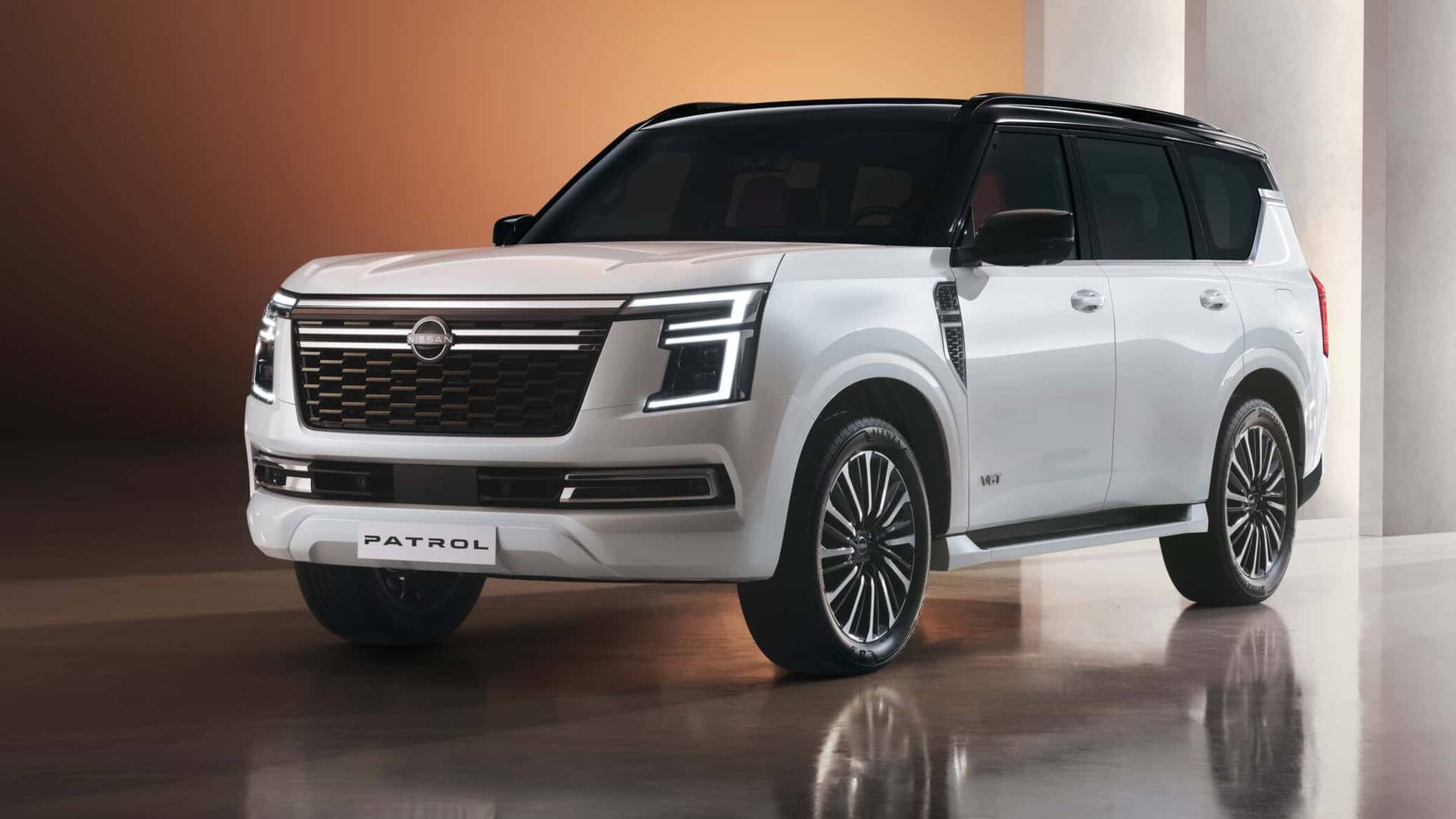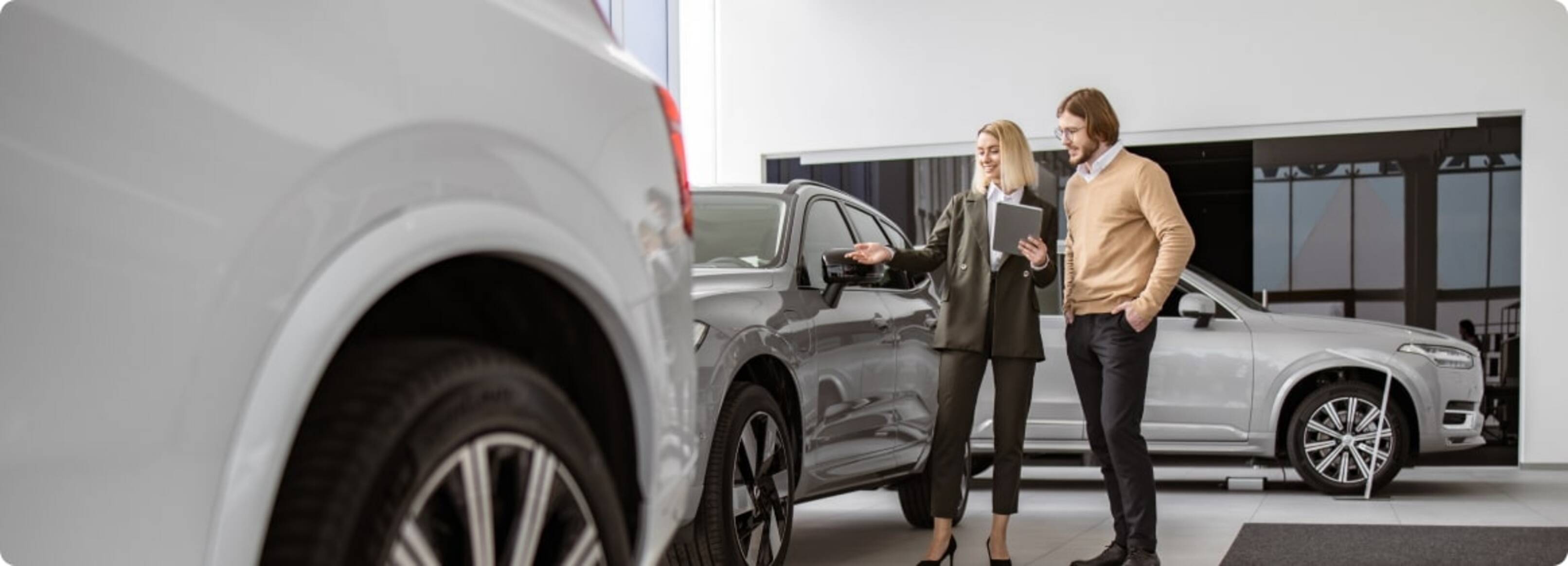Buying a second-hand car can be an exciting and cost-effective way to get the vehicle you need without breaking the bank. However, the process can be tricky, especially in the UAE, where the market is flooded with a wide variety of options and offers. Whether you’re an experienced buyer or a first-time purchaser, it’s easy to make mistakes that can cost you money, time, and even lead to unforeseen issues down the road.
To help you navigate the UAE’s second-hand car market with confidence, we’ve outlined some of the most common mistakes people make when buying a second-hand car in the UAE—and how to avoid them.
Not Conducting a Thorough Inspection
One of the biggest mistakes buyers make is failing to conduct a proper inspection before finalizing a purchase. While a test drive can give you a feel for the car’s performance, it often doesn’t reveal hidden mechanical or structural issues that could cost you thousands in repairs down the line.
A comprehensive inspection is essential, especially in the second-hand car market, where some sellers may try to mask underlying issues. Whether you’re buying from a dealer or a private seller, it’s always best to have the car inspected by a professional mechanic. Look out for red flags such as rust, oil leaks, uneven tire wear, or unusual engine sounds. Also, always ask for a vehicle history report to check for any past accidents, service records, or previous ownership details.
Tip: Platforms that provide cars with inspection reports offer a safer buying environment. If you’re buying through a private seller, invest in a pre-purchase inspection to avoid costly surprises.
Skipping the Paperwork
In the UAE, the process of transferring ownership is highly regulated. Many buyers underestimate the importance of verifying the car’s paperwork, such as the registration certificate, insurance details, and service records. Failing to confirm the authenticity of these documents can lead to legal troubles or disputes down the road.
Always ensure that the car’s ownership documents are clear, that there are no outstanding fines or loans associated with the vehicle, and that the registration is up to date. If buying from a dealer, request to see the vehicle’s full service history, which will give you a better understanding of how well the car has been maintained.
Ignoring the Market Value
It can be tempting to make an impulsive decision when you come across a seemingly great deal. However, many buyers make the mistake of not researching the car’s market value before agreeing to a price. Without doing proper research, you may end up paying too much for a car or overpaying for repairs after purchase.
Use online platforms and car pricing tools to compare the car you’re interested in with similar models, taking into consideration factors such as year of manufacture, mileage, and overall condition. By comparing prices, you’ll have a better understanding of what constitutes a fair offer. This can help you negotiate a better deal or avoid paying above-market prices.
Tip: Be wary of deals that seem “too good to be true.” If the price is significantly lower than similar cars on the market, it might be worth investigating why. Sometimes, an overly cheap price signals hidden problems with the car.
Neglecting Fuel Economy and Running Costs
Many buyers focus on the upfront price of a second-hand car but fail to take into account the long-term running costs, such as fuel economy, maintenance, and insurance premiums. It’s important to research the total cost of ownership, including how much the car will cost you to maintain over time.
For example, a car that seems like a great deal may have high fuel consumption, expensive replacement parts, or costly maintenance requirements that can quickly add up. Consider the model’s fuel efficiency, the availability of spare parts, and how much routine maintenance is needed to keep the car running smoothly.
Tip: Always factor in the total cost of ownership when deciding on a vehicle. Use online tools to calculate fuel consumption and check how much it typically costs to maintain specific car models.
Rushing the Decision
In the fast-paced second-hand car market, it’s easy to get swept up in the excitement of finding the perfect vehicle. However, many buyers make the mistake of rushing into a decision without carefully considering all aspects of the purchase. Whether it’s acting on impulse or not taking the time to weigh different options, rushing can result in costly regrets.
Take your time to thoroughly evaluate the car, compare it to other listings, and consider all the factors, including condition, price, and long-term costs. Don’t be afraid to walk away if something doesn’t feel right. The second-hand car market in the UAE is vast, and there will always be other options available.
Tip: Don’t let the pressure of a “good deal” cloud your judgment. Be patient and make sure that the car you choose meets all your requirements before committing.
Failing to Negotiate
In the UAE, car prices are often negotiable, especially in the second-hand market. Many buyers make the mistake of accepting the asking price without attempting to negotiate. Sellers may initially set a higher price, expecting buyers to haggle.
When you’ve done your research on the car’s market value and condition, don’t be afraid to make a reasonable counteroffer. If the car has some issues or if the seller is offering it at a higher-than-average price, you have room to negotiate.
Tip: Start by offering a price lower than the asking amount but within a reasonable range. If the seller is motivated, you may be able to secure a better deal.
Conclusion
Buying a second-hand car in the UAE can be an excellent way to save money and find a vehicle that suits your needs. However, by avoiding the common mistakes mentioned above, you can ensure that your purchase is a smart, informed one. From inspecting the car thoroughly to researching market prices and negotiating effectively, taking the time to make an informed decision will save you from regrets and costly errors down the road.
Remember, buying a car is an investment, and it’s worth putting in the effort to make sure you’re getting the best value for your money.


